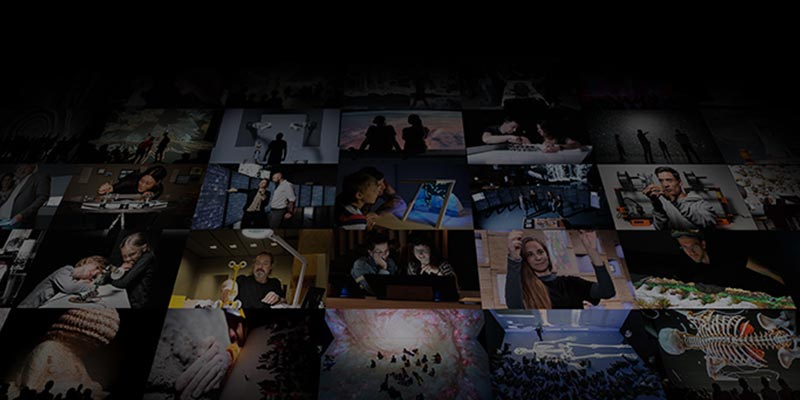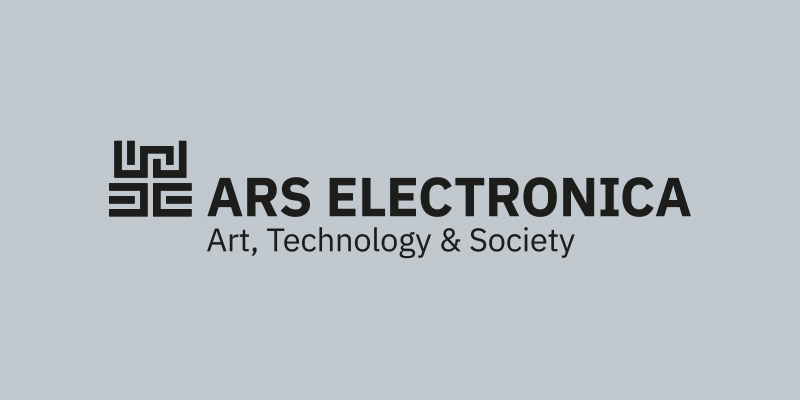Program
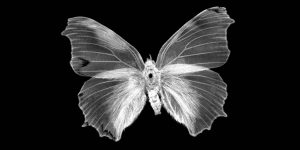
Science Talk: OCT - A look beneath the surface
Optical Coherence Tomography (OCT) is an innovative method for the non-destructive examination of various materials. Developed in the early 1990s, speed, resolution and stability have since been significantly improved. As a result, new fields of application can be opened up continuously. In this interactive presentation, Günther Hannesschläger explains how the method works. Learn more about some important practical examples and find out what exactly the Reserach Center for Non-Destructive Testing in Linz is researching in this area.
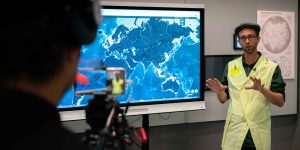
Tour: Navigating The Future (Featuring FH AMU Wieselburg)
In this tour we will look at some examples from the "Global Shift" and "Understanding ArtificiaI Intelligence" exhibitions and talk about how mankind is using increasingly advanced technologies to influence not only his own living space but nearly every aspect of life. Students of the FH AMU Wieselburg are also connected via live stream.
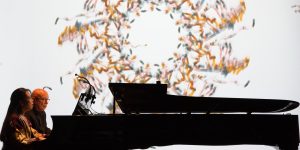
Concert: Laurie Anderson, John Cage and Elliot Goldenthal by Maki Namekawa und Dennis Russell Davies
Every Friday evening we present a live concert from the Ars Electronica Center's "Piano Room". This week you can expect music by Laurie Anderson, John Cage and Elliot Goldenthal, played by Maki Namekawa and Dennis Russell Davies.
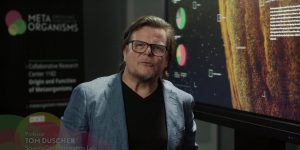
Tour: Bio Art & Science IV
We’re not alone! From unicellular organisms to humans, all animals and plants are inhabited by microbial organisms. These microorganisms influence the fitness of their host and together they form a metaorganism.
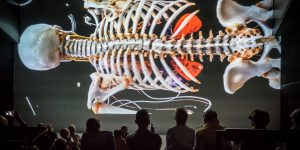
Deep Space Family: The Universe Within III
In the past, one could only look inside the human body by cutting it open. With modern technology today, this is no longer necessary! With the software "Cinematic Rendering" we can dive into the body and move interactively with a joystick
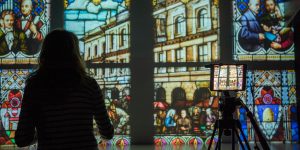
Deep Space Highlights
In Deep Space 8K image worlds are projected in 8K resolution and raised to a completely new, unprecedented level. We present you the highlights!

Family Tour
In this Family Tour we introduce you to C.Elegans, whose brain is more easily entangled than the human. And imagine, their brain can even be transferred to a robot!

Deep Space LIVE: Geophysics, Drones, Laserscan ... with Hightech on the track of the Romans
Whether using georadar to take "x-ray pictures" of the ground, recognising features of the terrain using drones or documentation using 3D laser scans - all of these methods are currently being used in the area of the Danube Limes in Upper Austria, among others. On this evening, Roman expert Dr. Stefan Traxler (OÖ Landes-Kultur GmbH) will give you an overview of current projects.

Tour: Bio Art & Science III
The photo studio eye of science is dedicated to visualizing the hitherto unknown and unseen. In this tour we show you that not only art but also science has its images.

Family Tour (SBH)
In this serbian Family Tour we'll look for the tardigrade under the microscope and learn interesting facts about this little creature.

Tour: Bio Art & Science III
The photo studio eye of science is dedicated to visualizing the hitherto unknown and unseen. In this tour we show you that not only art but also science has its images.

Prix Ars Electronica 2020 / Interactive Art +: Lauren Lee McCarthy
Lauren Lee McCarthy receives the Golden Nica of the 2020 Prix Ars Electronica for her project "SOMEONE". We present this winning project from the Interactive Art + category and have a live conversation with the artist who lives and works in Los Angeles.

Tour: New Materials IV
In addition to the aspect of sustainability, new materials should also be as flexible and changeable as possible. New production technologies, such as so-called additive manufacturing, make this possible! Come with us to our MaterialLab. In this fifth issue, our infotrainers give you an insight into the materials research of the future.

Deep Space LIVE: Inside Bruegel
2019 marks the 450th anniversary of the death of Pieter Bruegel the Elder, the outstanding painter of the Dutch Renaissance. On the occasion of this anniversary, art historian Dr. Lothar Schultes (Oberösterreichisches Landesmuseum) will show you impressive gigapixel pictures of his most famous works paired with expert explanations.

Tour: New Materials III
In Ars Electronicas' MaterialLab, we're not only interested in what new materials are currently being researched, but also in how they can be produced. This doesn't always necessarily require computers - there are also so-called programmable textiles. We'll show you what these are and how something like that can work.

Tour: New Materials II English
How could the production of tomorrow look like? During this tour of the Ars Electronica MaterialLab, you'll learn about the new everyday materials currently being researched that can be manufactured without environmentally harmful production processes, using biological processes.

Tour: New Materials I English
How could the production of tomorrow look like? During this tour of the Ars Electronica MaterialLab, you'll learn about the new everyday materials currently being researched that can be manufactured without environmentally harmful production processes, using biological processes.

Ars Electronica Mix: Inside Futurelab – Bio Plastic Art (EN)
Explore the Ars Electronica Center Biolab and the beautiful world of bioart with Yoko Shimizu, Futurelab researcher and artist.

Deep Space Highlights (EN)
Experience the best that Deep Space has to offer! Together we will visit historical sites, fly into space and explore the inside of the human body.

Tour: Bio Art & Science II
Humans are a highly complex organism with more than 87 billion individual cells, which makes it very difficult to completely record and examine them. The organoids of the human brain developed by Madeline Lancaster and Jürgen Knoblich at the Institute of Molecular Biotechnology of the Austrian Academy of Sciences - organ-like, artificially produced microstructures a few millimetres in size - represent a real paradigm shift.


